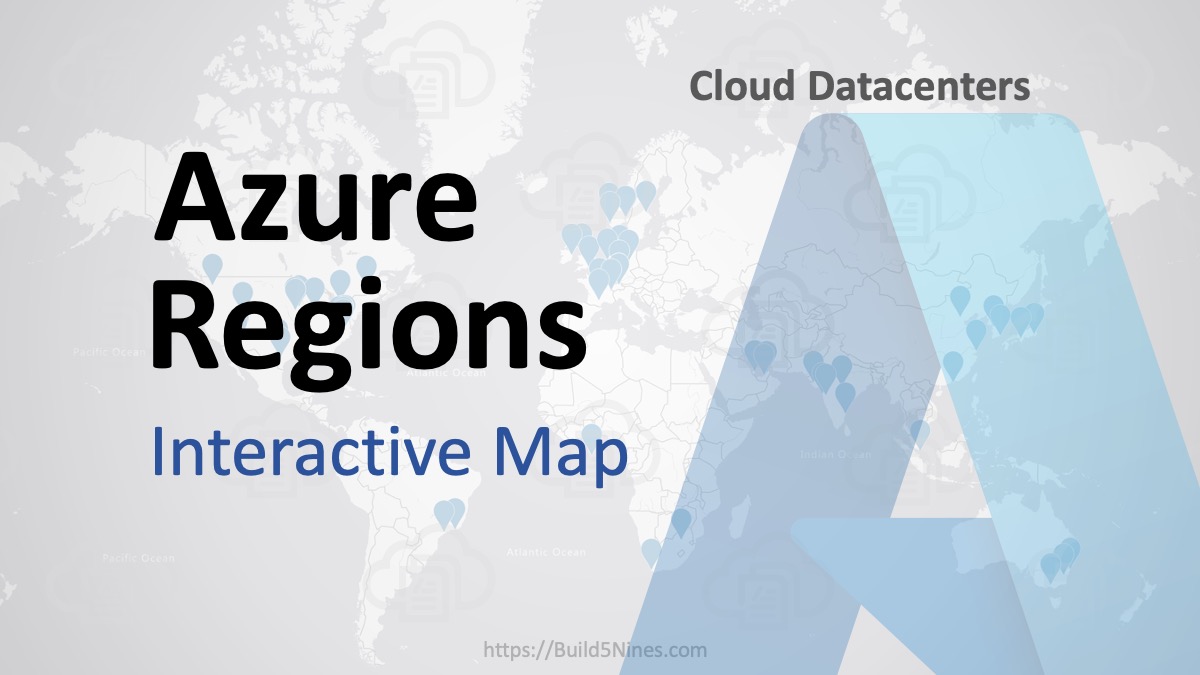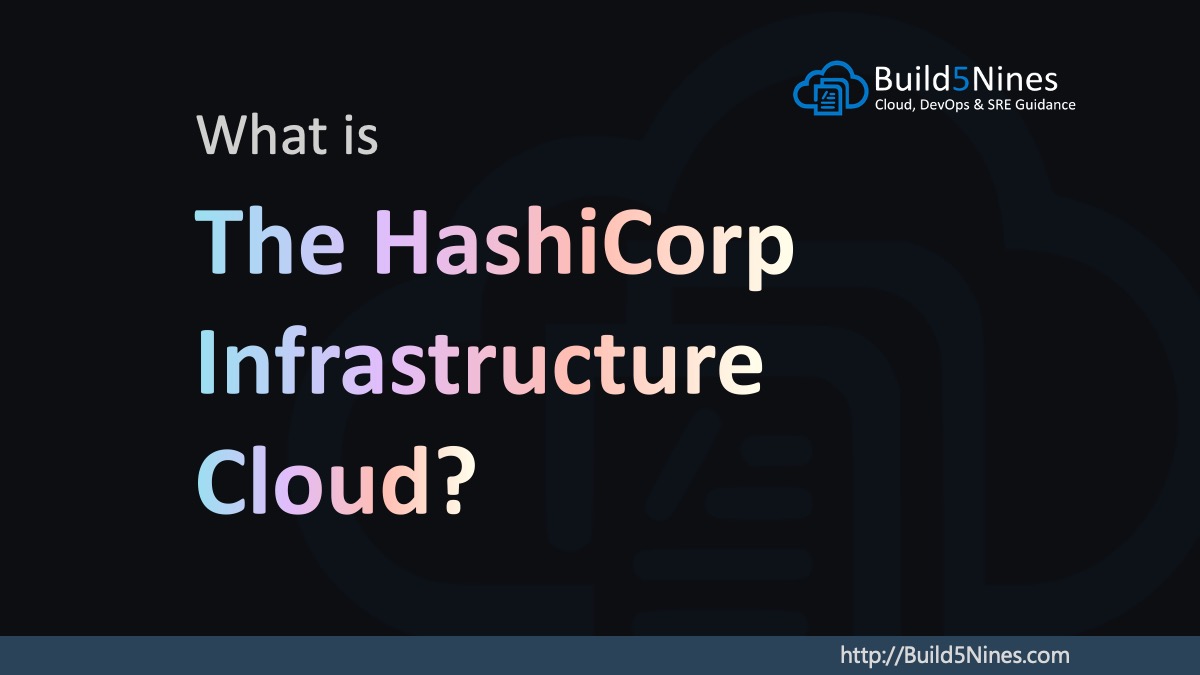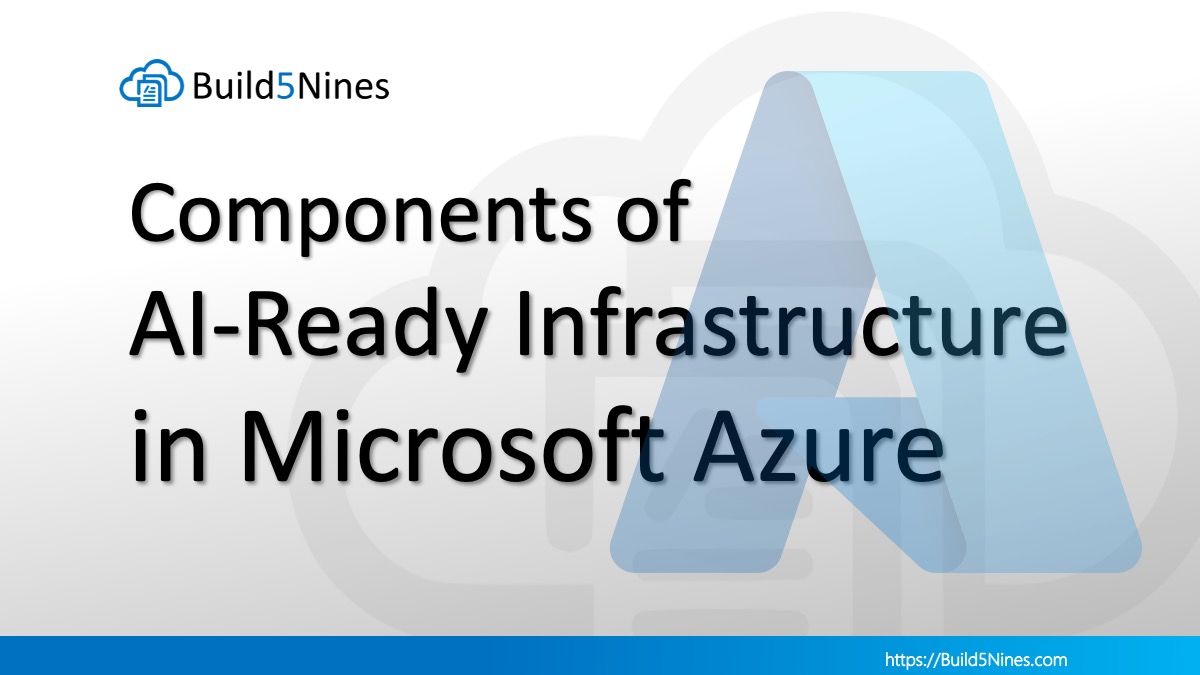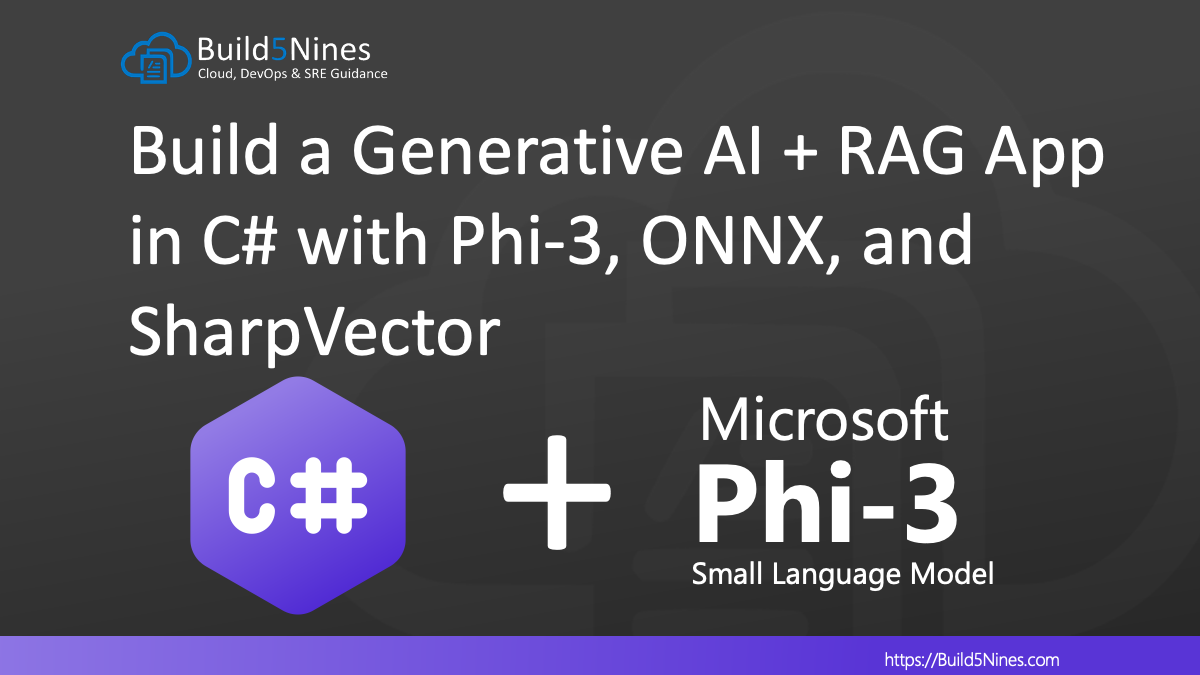DBRX is Databricks’ newest Large Language Model (LLM) is open source and designed to bring advanced AI capabilities to businesses across multiple industries. This model stands out for its powerful architecture, efficiency, and user-friendly design, making sophisticated AI accessible and adaptable for diverse applications. By combining cutting-edge technology with practical usability, DBRX aims to transform how organizations deploy AI solutions, enhancing operations from healthcare to finance. Databricks’ commitment to innovation and community support ensures that DBRX not only meets current needs but also evolves with the demands of the future.
Why does Databricks want their own LLM?
Databricks’ decision to develop their own large language model (LLM) like DBRX stems from several strategic and operational motivations that align with their broader goals in data analytics, AI, and machine learning.
One of the primary reasons for developing an in-house LLM is to enhance Databricks’ product offerings. By integrating DBRX into their platform, Databricks can provide more advanced AI capabilities to their customers. This allows users to leverage sophisticated natural language processing (NLP) tools directly within the Databricks environment, streamlining workflows and improving productivity. The ability to offer proprietary AI solutions helps differentiate Databricks in a competitive market and adds significant value to their existing suite of products.
Creating their own LLM gives Databricks greater control over the model’s development, customization, and optimization. This control allows Databricks to tailor the model to better meet the specific needs of their users. For instance, DBRX can be optimized for performance on Databricks’ infrastructure, ensuring efficient resource utilization and faster processing times. Moreover, having control over the LLM’s architecture and training data helps Databricks address specific use cases and compliance requirements, which is critical for industries with stringent data governance standards.
Additionally, developing a proprietary LLM also provides a competitive advantage. As AI and machine learning become increasingly integral to business operations, having a state-of-the-art LLM positions Databricks as a leader in AI innovation. This capability attracts more customers looking for robust, integrated AI solutions and helps retain existing customers by continuously offering cutting-edge technology. The ability to deliver a high-performing, efficient, and versatile LLM like DBRX strengthens Databricks’ market position against other AI and cloud service providers.
By investing in the development of their own LLM, Databricks fosters a culture of innovation within the company. It encourages their research and engineering teams to push the boundaries of what’s possible in NLP and AI. This focus on innovation not only results in better products but also positions Databricks as a thought leader in the AI community. Continuous innovation helps Databricks stay ahead of industry trends and respond quickly to new opportunities and challenges in the AI landscape.
Databricks’ motivation to develop their own LLM, DBRX, is driven by the desire to enhance their product offerings, maintain greater control and customization, gain a competitive edge, drive innovation, and seamlessly integrate advanced AI capabilities into their platform. These strategic reasons align with Databricks’ broader mission to provide cutting-edge data and AI solutions that empower their customers to achieve more.
Integration with GenAI-powered Products
DBRX’s integration with GenAI-powered products like SQL applications demonstrates its practical application and early success. By surpassing models like GPT-3.5 Turbo and challenging GPT-4 Turbo in specific tasks, DBRX shows its potential to enhance various Databricks products and services. This integration ensures that Databricks can offer seamless AI-driven solutions across its platform, further enhancing user experience and efficiency.
DBRX Efficiency and Size
One of the standout features of DBRX is its efficiency in both training and inference. Thanks to its MoE architecture, DBRX achieves up to 2x faster inference speeds compared to LLaMA2-70B. Additionally, despite its superior performance, DBRX is about 40% of the size of Grok-1 in terms of total and active parameter counts. This reduction in size without compromising quality is a testament to the innovative design of DBRX.

Training Efficiency:
- MoE Architecture: This architecture allows for a more efficient distribution of computational resources, resulting in approximately 2x more FLOP-efficiency in training compared to dense models. This means that DBRX can achieve the same model quality as previous-generation models with nearly 4x less compute power.
- Inference Speed: When hosted on Mosaic AI Model Serving, DBRX can generate text at speeds of up to 150 tokens per second per user, significantly enhancing the user experience with faster response times.
Performance Benchmarks
DBRX’s performance is highlighted in several key benchmarks:
- Language Understanding (MMLU): DBRX achieves a leading score of 73.7%, outperforming LLaMA2-70B (69.8%) and Mixtral (71.4%), showcasing its superior ability to understand and generate human-like text.
- Programming (HumanEval): With a score of 70.1%, DBRX significantly surpasses LLaMA2-70B (32.2%) and Mixtral (54.8%), making it an excellent tool for coding and programming tasks.
- Mathematical Reasoning (GSM8K): DBRX scores 66.9%, ahead of Mixtral (54.1%) and Grok-1 (62.9%), indicating its strength in handling complex mathematical problems.
Integration and Availability
DBRX is not only a high-performing model but also highly accessible. The weights for both the base model (DBRX Base) and the finetuned version (DBRX Instruct) are available on Hugging Face under an open license. Databricks customers can leverage DBRX through APIs and have the option to pretrain their own DBRX-class models from scratch or continue training using existing checkpoints. This flexibility allows businesses to customize and optimize the model to fit their specific needs.
Conclusion
DBRX, Databricks’ newest open-source large language model, is a groundbreaking addition to the AI landscape, offering advanced capabilities that are both powerful and accessible. Its sophisticated architecture and efficiency make it an ideal choice for a wide range of industries, from healthcare to finance, enhancing operations and driving innovation. The model’s availability on Hugging Face under an open license further underscores Databricks’ commitment to accessibility and community support, allowing businesses to tailor DBRX to their specific needs and integrate it seamlessly into their workflows.
Databricks’ strategic decision to develop their own LLM is driven by the desire to enhance their product offerings, maintain control over model development, and stay competitive in the rapidly evolving AI market. By fostering a culture of innovation and leveraging the advanced capabilities of DBRX, Databricks ensures that they remain at the forefront of AI technology, providing their customers with cutting-edge tools to achieve exceptional results. The impressive performance benchmarks of DBRX, combined with its efficiency and versatility, position it as a leading model in the AI community, ready to meet the current and future demands of various industries.

 Introduction to Building AI Agents with Microsoft Semantic Kernel
Introduction to Building AI Agents with Microsoft Semantic Kernel
 Best Practices to Promote from DEV to PROD Environments with HashiCorp Terraform using Workspaces and Folders
Best Practices to Promote from DEV to PROD Environments with HashiCorp Terraform using Workspaces and Folders
 Azure Regions: Interactive Map of Global Datacenters
Azure Regions: Interactive Map of Global Datacenters
 IPv4 Address CIDR Range Reference and Calculator
IPv4 Address CIDR Range Reference and Calculator
 Azure Functions: Extend Execution Timeout Past 5 Minutes
Azure Functions: Extend Execution Timeout Past 5 Minutes








